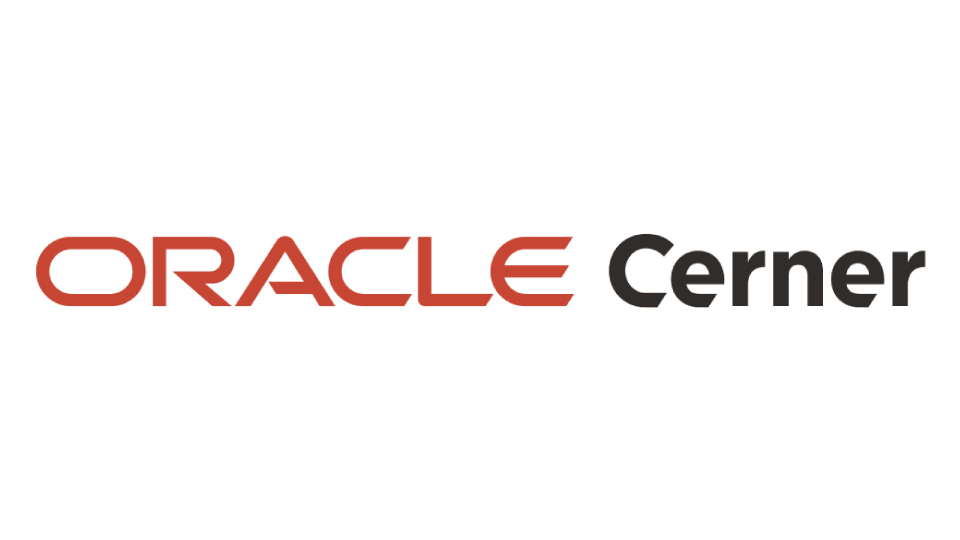When Paterson, New Jersey-based St. Joseph’s Health audited its case management department, it discovered opportunities to improve its process to better meet regulatory compliance. One challenge the health system faced included delivering the Important Message from Medicare (IM) — a message required by Medicare to give to all traditional and health maintenance organization (HMO) patients upon admission and within two calendar days of discharge. It informs inpatient Medicare beneficiaries of their hospital discharge appeal rights, and Centers for Medicare & Medicaid Services (CMS) relies on Quality Improvement Organizations (QIOs) to improve the quality of healthcare for all Medicare beneficiaries.
The QIO can audit organizations at any time, and audits occur when the patient decides to appeal his or her discharge or post-discharge during a regulatory review. The QIO will look to see if the IM was given within two calendar days of discharge, but not less than four hours prior to discharge if the discharge date could not be predicted. It is up to the organization to have controls and audits in place to make sure they are compliant with CMS guidelines.
“We found we were limited on paper,” said Tom Stanczak, director of care management. “We could lose the IM when signed and placed in the chart, somewhere between chart breakdown and copying into a medical record.”
Prior to implementation St. Joseph’s decided they needed to reevaluate their acute case management process to provide better documentation and care for their community and improve overall compliance. In May 2019, staff worked with Cerner to implement Cerner Acute Case Management and leveraged Patient eSignature on iPads as a tool for patients to complete their required forms electronically.
“We could use iPads with a unique signature that would automatically link to Cerner and allow us to print a copy from anywhere,” said Stanczak. “Once the document is reviewed with the patient or family, a signature is obtained. The system then automatically stamps the date and time of that signature and the document is saved in our system for a patient copy and for our electronic health record.”
St. Joseph’s Health hovered around 85% for IM compliance before implementation. That improved to more than 95% after the new technologies and process was in place.1
“This was at the top of our priority list and something I lost sleep over in the past,” said Stanczak. “If your improvement plan fails, you could lose Medicare Certification, and that would be devastating to an organization. When our numbers improved into the nineties, we all felt relieved, and it made me proud of the work we are doing.”
After initially starting with IM, St. Joseph’s Health staff began working on its patient preference list. Medicare requires hospitals to provide patients with a list of agencies or sub-acute facilities in the area that are Medicare-certified where patients could receive care post discharge.
“Medicare wants to make sure we're not funneling everyone to one facility that we are aligned with,” said Linda Lioy-Bsales, nurse care manager. “We want the patient to choose where they're comfortable, and we try to do that at the earliest possible point in the hospitalization.”
Like the IM process, St. Joseph’s Health and Cerner created documentation areas as a live field on the iPad. The patient preference form is signed, dated, and electronically saved into the medical record. The patient preference form compliance rate rose from 85% to 96%.2
Eliminating paper also helped save costs.
“When we update our preference list about three times a year, it can cost hundreds of dollars,” said Stanczak. “We're saving at least three quarters of that previous cost by not having to order carbon triple duplicate copies every time.”
During the COVID-19 pandemic, Acute Case Management and Patient eSignature helped reduce unnecessary exposure but still allowed regulatory compliance.
“[Acute Case Management and eSignature] definitely make my staff’s lives easier,” said Stanczak. “When considering hospital cost and personal protective equipment cost, being able to call the family or patient if they're COVID positive without putting people at risk and still meet the requirements, is a win-win. Our staff is happy, patients are meeting Medicare requirements and the process just runs smoothly.”
1Comparing average compliance rate between Wayne and Paterson facilities from Q1-Q4 2018 to Q4 2020.
2Comparing average compliance rate between Wayne and Paterson facilities from Q1-Q4 2018 to Q4 2020.
For more information about best practices for Acute Case Management, visit our Model Experience Page. For more information about best practices for COVID-19: Acute Case Management, visit our Model Experience Page. For more information about best practices for Acute Case Management, visit our Model Experience Page. For more information about best practices for Cerner Millennium® Enterprise Document Management, visit our Model Experience Page. For more information about best practices for Enterprise Document Management - eSignature workflow, visit our Model Experience Page.





